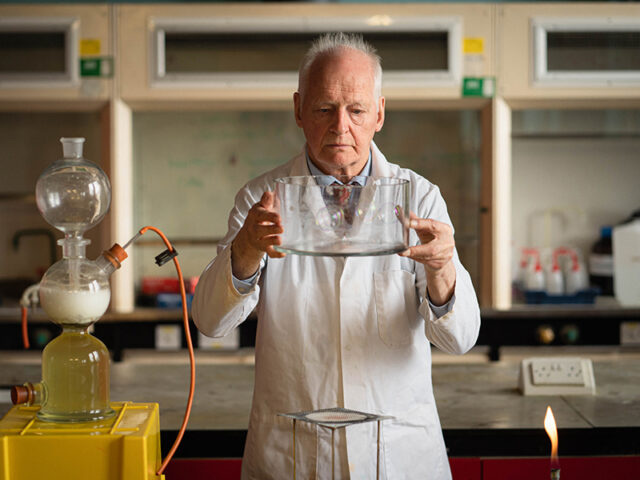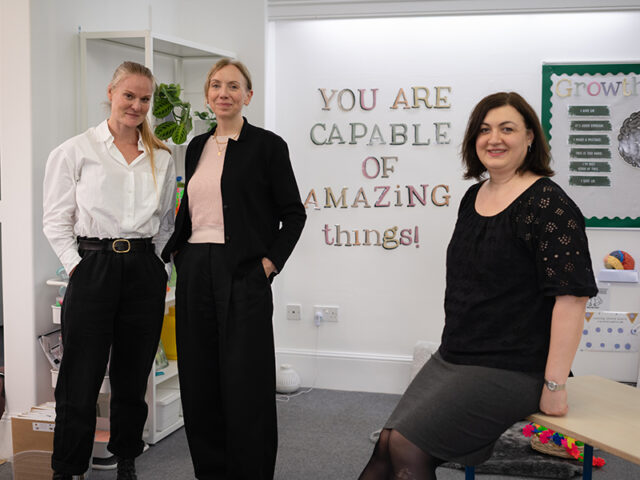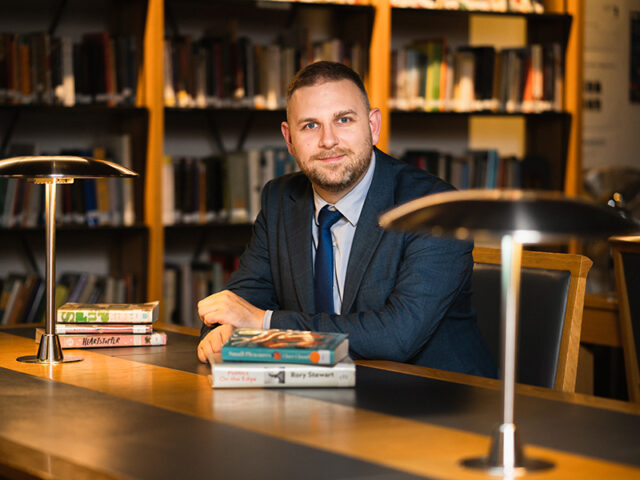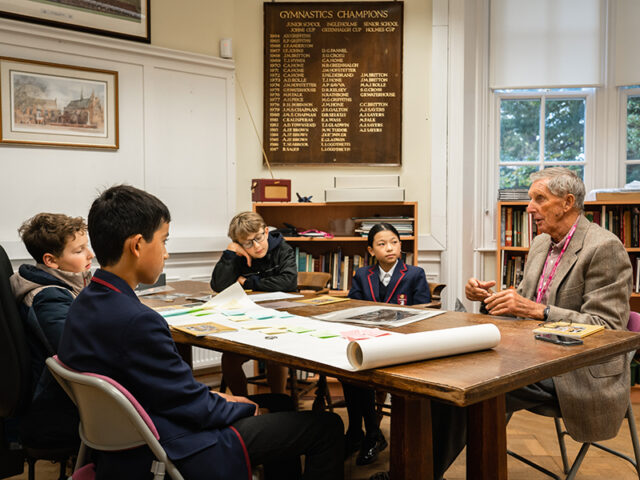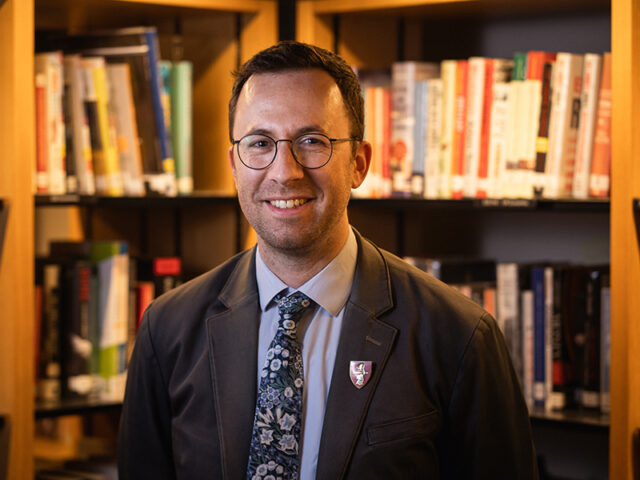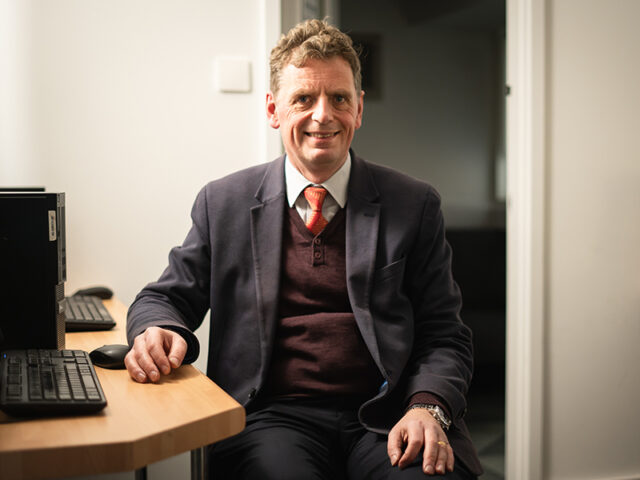I have been thinking recently about the future of the arts. Mainly because, along with my fellow teachers, I have been co-ordinating the Senior School’s Arts and Humanities Week, a series of cultural events which takes place at school from 26 to 30 June.
But it is also because of the current discussion about the threat posed to the arts and humanities by the rise of artificial intelligence (AI) . You might have recently seen in the newspapers the photograph, PSEUDOMNESIA: The Electrician by Boris Eldagsen (2023), which he submitted to a German photography competition. After receiving the gold medal, he revealed that it was actually created using AI technology, as a clever way of testing whether artistic competitions are prepared for this kind of production. (In brief, they’re not.)
Okay, perhaps photography is an easier artform to fabricate. But what about my own subject, English Literature? I asked ChatGPT to create a limerick to celebrate the arts festival, and here’s what it came up with:
In Highgate, the arts come alive
a week filled with talents to thrive,
paintings and sculptures galore,
music echoing from door to door.
Creativity’s spark will revive!
To be fair, it’s got the rhyme scheme but it hasn’t done the rhythm perfectly. Poet Laureate Simon Armitage need not worry anytime soon. I would also question the idea that creativity will revive; as far as I can see, it was never dead!
Perhaps one day, AI might be able to write wonderful novels. It can already produce perfect translations. It may one day write books of history, or analyse Shakespeare’s sonnets in a way which is indistinguishable from the human hand. But I question whether we should value the mere possession of cultural objects, at the expense of valuing the humans who create them.
Rather, we should appreciate living in a society where we have people who are photographers, historians, translators, and literary critics. Artists like Gilbert and George, the “living sculptures” who walk around London, always immaculately dressed just as they are in their paintings and standing in the correct order, many years before Ant and Dec thought of doing the same.
In other words, the arts and humanities aren’t just about things, they are about people and the act of creation that enriches every part of our lives. This is at the heart of Arts and Humanities Week, to inspire and encourage pupils to become ever-more creative people.
So, in the spirit of the Royal Academy’s famous Summer Exhibition, we have invited Senior School pupils and staff to contribute to the Highgate Summer Exhibition curated by Year 12 Art History students. We also have workshops led by leaders-in-the-field, from screen-printing with a fashion designer or “baroque” drawing with artist Kim Scouller, to world-renowned theatre company Frantic Assembly leading physical-theatre sessions. A host of creative professionals are also coming to give talks – author and former physicist Adam Connors fuses science, the environment and literature; a textile designer at Paul Smith will reveal how he moves from concept to catwalk; and Penguin’s senior book designer will offer his career advice on the place where art meets literature.
I look forward to seeing how our pupils build on that vital dialogue!
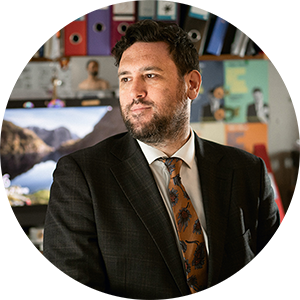 About the author Michael Morgan, Head of Academic Extension and Enrichment Michael joined Highgate in 2011 and since then has taught English, History of Art and even a little French. Michael spends his free time reading and visiting galleries, and has recently discovered a passion for lino printing in Mrs Sacks' Art Club at school.
About the author Michael Morgan, Head of Academic Extension and Enrichment Michael joined Highgate in 2011 and since then has taught English, History of Art and even a little French. Michael spends his free time reading and visiting galleries, and has recently discovered a passion for lino printing in Mrs Sacks' Art Club at school.